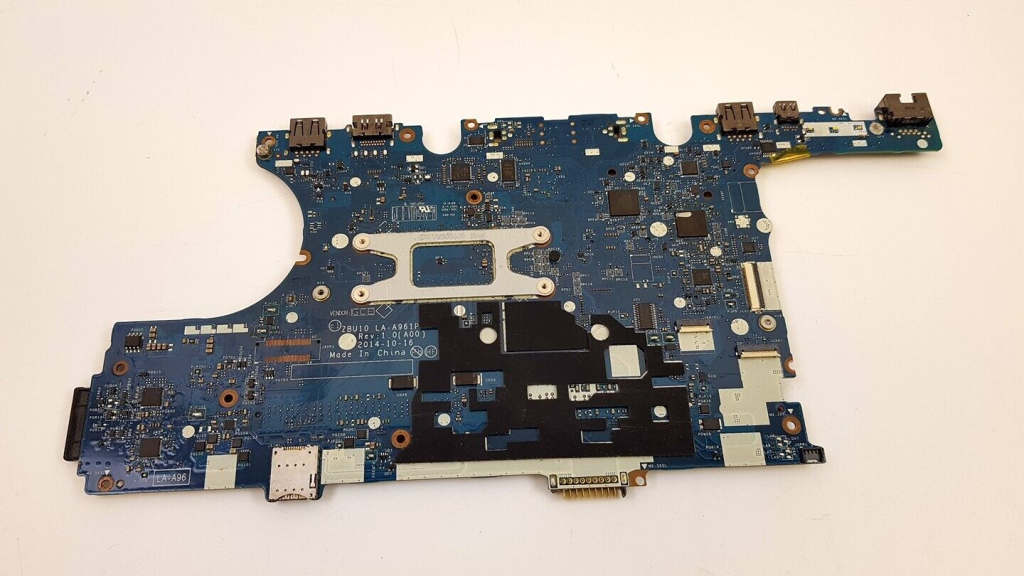The notebook motherboard, often known as the center of the system, is a marvel of executive that orchestrates the symphony of parts in just a portable research device. Offering as the main worried program, the motherboard plays a essential position in facilitating communication involving the CPU, memory, storage, and different peripherals. Knowledge the intricate style and functionalities of a notebook motherboard is crucial to comprehending the device’s efficiency and capabilities.
The Heart of Connectivity:
At their substance, the laptop motherboard acts whilst the hub of connectivity, integrating numerous parts to make certain seamless communication. It accommodates the processor outlet, memory slots, growth slots, and fittings for peripherals such as for instance USB ports, audio jacks, and show outputs.
Key Architecture and Chipsets:
The architectural design of a laptop motherboard is lavishly associated with the decision of processors and chipsets. Contemporary notebooks usually feature integrated artwork, music, and system abilities on the motherboard, lowering the necessity for additional growth cards and contributing to a smaller sized design.
Miniaturization and Small Design:
The relentless quest for miniaturization and performance in laptops is reflected in the design of these motherboards. Small styles, surface-mounted components, and custom connectors let suppliers to create thinner and lighter laptops without limiting performance.
Power Delivery and Administration:
Successful power supply and management are critical aspects of notebook motherboard design. Voltage regulators make sure that the CPU and different parts get the right energy degrees, optimizing efficiency while reducing energy consumption. Advanced energy management features also contribute to improved battery living in lightweight devices.
Incorporated Graphics and GPU Integration:
Many notebooks combine graphics processing units (GPUs) straight onto the motherboard. That integration enhances design performance for everyday projects and gentle gaming without the necessity for a dedicated artwork card, adding to the laptop’s small form factor.
Storage Hierarchy:
Notebook motherboards shape the storage hierarchy of the machine, determining the sort and quantity of RAM that may be installed. Storage slots on the motherboard straight influence the laptop’s multitasking abilities and over all speed.
Expansion Possibilities:
While notebooks are usually less expanding than their desktop alternatives, some motherboards function expansion slots for specialized parts such as for instance 05P9XV graphics cards, extra storage, and other peripherals. These expansion possibilities differ on the basis of the laptop’s design and intended usage.
Diagnostic and Restoration Challenges:
Repairing or replacing parts on a laptop motherboard could be a complicated job because of the compact character of the device. Surface-mounted components, exclusive ties, and restricted supply can present obstacles for people seeking DIY repairs. Skilled specialists designed with specific methods tend to be needed for complicated motherboard repairs.

To conclude, the notebook motherboard stands as a testament to scientific advancement, blending complex design, connection, and energy administration to supply a tight however powerful computing experience. As laptops continue steadily to evolve, therefore too can the class of these motherboards, shaping the ongoing future of lightweight computing.

